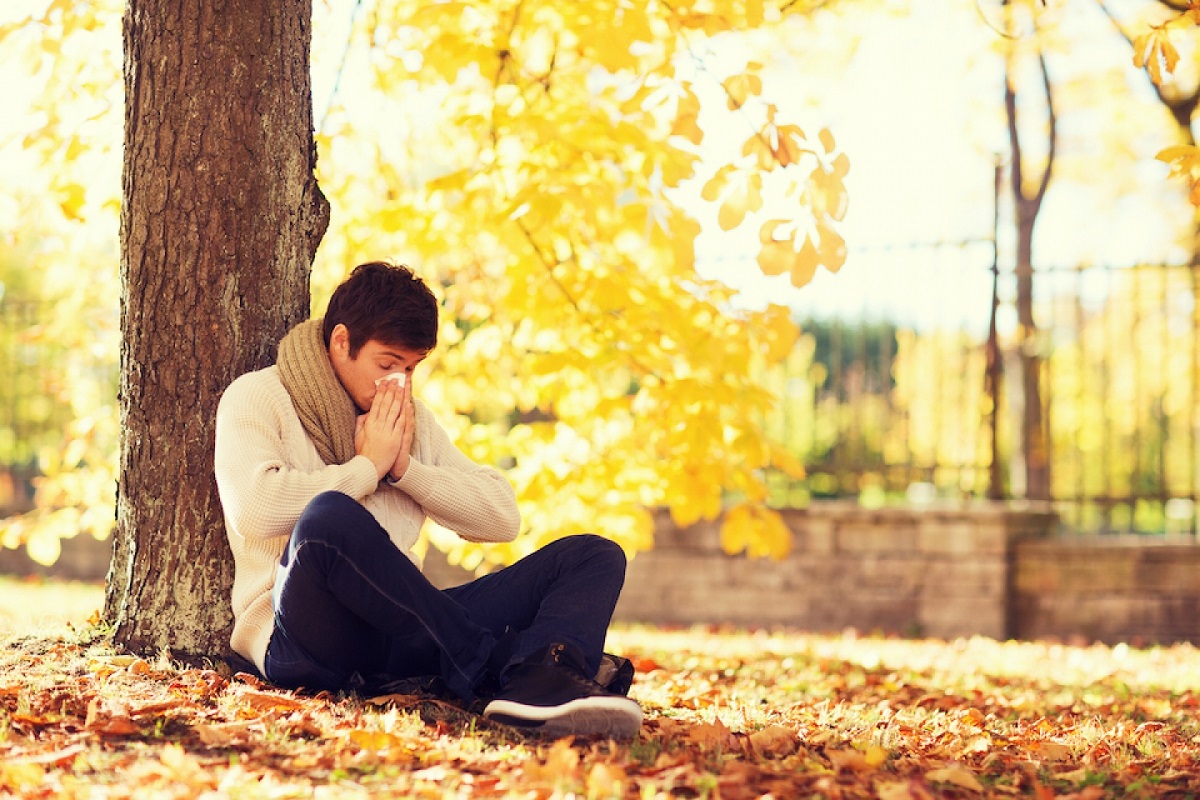Physical Adjustments In Fall: How The Season Affects Your Health

Physical Adjustments In Fall: Autumn brings a noticeable change in weather, signaling the transition from the warm days of summer to the cooler, crisper air of fall.
While the shifting season is often associated with changing leaves and cozier outfits, it also triggers changes in the human body. Understanding how autumn affects your body can help you stay healthier and better prepared for the colder months ahead. In this content, we explore some of the key physical and mental changes that occur during autumn and how to adapt to them.
Physical Adjustments In Fall
1. Skin Changes

Physical Adjustments In Fall, One of the most obvious body changes during autumn is related to the skin. As the air becomes cooler and less humid, skin tends to lose moisture, resulting in dryness and flakiness. Those who suffer from conditions like eczema may notice flare-ups during this time as the skin struggles to retain its natural oils. To combat this, it is essential to switch to more hydrating skincare products, such as thicker moisturizers, and to consider using a humidifier indoors to maintain moisture in the air.
2. Immune System Fluctuations
Physical Adjustments In Fall, Autumn marks the beginning of cold and flu season, and the body’s immune system can become more vulnerable as temperatures drop. The cooler air and decreased exposure to sunlight lead to lower levels of vitamin D, which plays a crucial role in immune health. As people spend more time indoors, viruses and bacteria spread more easily in enclosed spaces. To bolster immunity, it’s important to maintain a balanced diet rich in vitamins and minerals, particularly vitamin D, and consider supplements if necessary.
3. Energy And Mood Shifts
Physical Adjustments In Fall, Autumn is often associated with mood changes, with some people experiencing what is commonly known as “autumn blues.” The reduced daylight hours can trigger a condition called Seasonal Affective Disorder (SAD), a type of depression that tends to worsen as winter approaches.
This is partly due to the decreased production of serotonin, a neurotransmitter that regulates mood, and an increase in melatonin, which promotes sleepiness. To counteract this, exposure to natural light during the day, regular exercise, and maintaining a healthy sleep schedule are key strategies.
4. Respiratory And Allergic Reactions

Physical Adjustments In Fall, The cooler, drier air of autumn can irritate the respiratory system, leading to issues such as coughing, nasal congestion, and exacerbated asthma symptoms. Additionally, autumn allergens like ragweed pollen and mold spores can trigger allergic reactions in sensitive individuals. Keeping windows closed during high pollen times and using air purifiers can help reduce exposure to allergens, while staying hydrated helps keep the respiratory system functioning smoothly.
5. Changes In Appetite And Weight
Physical Adjustments In Fall, Autumn often brings a natural shift in dietary preferences, with cravings for heartier, more calorie-dense foods. This change is partly due to the body’s biological response to cooler temperatures, as it seeks more energy to stay warm. Additionally, the abundance of seasonal comfort foods can lead to overeating, which may result in weight gain. To prevent unwanted weight changes, it’s important to focus on portion control and incorporate nutrient-rich seasonal produce like pumpkins, sweet potatoes, and apples into your meals.
6. Joint And Muscle Stiffness
Physical Adjustments In Fall, The cold weather can also impact muscles and joints, making them feel stiffer and less flexible. People with conditions such as arthritis may notice increased discomfort as temperatures drop. Cold weather causes blood vessels to constrict, which can reduce circulation and make muscles feel tighter. Engaging in regular physical activity, even simple stretching exercises, can help keep muscles and joints limber. Additionally, wearing layers to keep warm and practicing good posture can alleviate discomfort.
7. Hair And Scalp Changes

Physical Adjustments In Fall, Much like the skin, the scalp can become dry and irritated during autumn due to the lack of humidity in the air. This can lead to conditions like dandruff or an itchy scalp. Hair may also become more brittle, and static electricity tends to increase, especially when wearing woolen or synthetic fabrics. Switching to a moisturizing shampoo and using hair oils or leave-in conditioners can help protect hair and keep the scalp healthy.
8. Hormonal Adjustments
Physical Adjustments In Fall, As the season changes, the body experiences hormonal shifts that can influence various aspects of health. In particular, the body’s production of melatonin, a hormone responsible for regulating sleep-wake cycles, increases due to the longer nights.
This can lead to feelings of lethargy and an increased need for rest. At the same time, cortisol levels, a hormone associated with stress, may also fluctuate, particularly in response to shorter days and changes in routine. Staying active and maintaining a consistent daily routine can help regulate these hormonal shifts.
9. Digestive Changes
Physical Adjustments In Fall, In colder weather, the body tends to conserve energy, and this can slow down the digestive process. People may notice a change in bowel movements or experience bloating as a result of this shift. To counteract digestive sluggishness, it’s helpful to consume warm, fiber-rich foods such as soups, stews, and root vegetables that are easier to digest and can keep the gastrointestinal system running smoothly.
10. Sleep Patterns

Physical Adjustments In Fall, As daylight hours decrease in autumn, the body’s circadian rhythm—its internal clock—can become disrupted. This can lead to changes in sleep patterns, with many people feeling sleepier earlier in the evening. While this can be a natural adjustment, it’s important to maintain a consistent sleep routine and avoid oversleeping, which can lead to fatigue. Exposure to morning sunlight can help regulate sleep-wake cycles and prevent disruptions in daily functioning.
Conclusion
Physical Adjustments In Fall, Autumn brings a host of changes to the body, many of which are influenced by cooler temperatures and shorter days. From skin dryness and immune system fluctuations to mood changes and joint stiffness, understanding these seasonal shifts can help you better prepare for and adapt to the demands of fall. By making small adjustments to your skincare routine, diet, physical activity, and sleep habits, you can maintain good health and enjoy the beauty of the season without the discomfort.
Also Read:
5 Best Fall Student Health Tips: Wellness Strategies For Students In Autumn
Preventing Seasonal Illnesses In Autumn
Staying Healthy In Autumn: A Comprehensive Guide
Vitamin D And Sunshine: Why It’s Essential For Your Health, Especially In Autumn




